XII century building
Vicopisano's Palazzo Pretorio of Vicopisano is one of the most representative civil buildings constructed in the Province of Pisa in Middle Ages. Furthermore, the many historical events linked to the Vicariate of Vicopisano since 1400 have left in the palace interesting historical and artistic testimonies which deserve a further analysis.
The most ancient part of the complex can be identified in the big building made in “verrucano” stone which can be dated back to the 12th and the 13th century. It is characterized by three pointed arches which connect in the upper part by four pillars in “verrucano” stone that cross its typical ochre façade.
From the existing front part of the palace of beam housings and stone corbels, we can assume the presence of wooden balconies, (sporti), a common feature used at the time, that allowed to gain more space on the outside. The stone corbels are decorated with anthropomorphic (a hand) or geometrical (ribbons and knots) patterns.
.
Unfortunately there are no printed documents concerning its first destination. According to a recent theory, however, it could have been a visible demonstration of the feudal power that the Archbishops of Pisa had on Vico from the 11th to the 13th century. This could be testified by the imposing dimension of the building – a sign of the proprietor’s wealth – and moreover by its prominent location on the top of the hill dominating the “castellum” of Vicopisano.
To support the theory of the relationship between the Palace and the Archbishops of Pisa there is also the proximity of the building to the tower of Santa Maria (later englobed in the Rocca of Brunelleschi), which belonged to the Archbishopric (at least since 1170). Owning that tower, the Archbishops of Pisa created both a military and civil complex, affirming in that way their secular rule.
Ma questa rimane sempre una ipotesi giustificata dalla totale assenza nei documenti di riferimenti certi a questo Palazzo, che entra nella “storia” solamente con il XV sec.: siamo all’indomani della conquista fiorentina di Vico (1406), that the “lilied” Republic was intent on reorganizing the territory of Pisa, which had become part of the domain of Florence.
Strategic position
Having a strategic position, Vicopisano had found itself at the centre of the interests of the Florentines; the Castle that resisted for nine months to the attacks of the Florentine army, became the seat of the Vicariate of Serchio and Arno Valleys, that later became the Vicariate of Vicopisano. It was one of the administrative divisions in which - in the 15th century - the County of Pisa had been split up (the other ones where at Lari and Leghorn). The Vicar needed an adequate seat, which was found in “the Palace located near St. Francesco”. In 1411, the “Palazzo” was officially mentioned for the first time; from that time util the twenties, it will always have public functions.
The medieval palace could not house all the premises that were necessary for the administration of such a vast Vicariate as Vicopisano was, therefore some adjoining buildings were linked and more rooms were added (e.g., the 12th century tower on the east side). It was in that period that the custom of placing the Vicars’ coats of arms on the outside and the inside of the Palace ,was initiated: still nowadays, there are about 50 marble, majolica and “serena” stone coats of arms. During recent restoration works, some painted coats of arms were also found .
Some of the majolica ones came from the workshop of Della Robbia of Florence. This is a sign of the purchaser’s wealth, who had to be noble and of Florentine origin.
Heraldry
For further information on the coats of arms that are affixed to the walls of Palazzo Pretorio and about other "weapons" painted on the strings of the local historical archive, please visit this website: I Segni del Potere – Stemmi e Araldica dal Palazzo Pretorio di Vicopisano edited by Filippo Mori and winner of the 2016 Golden Shield Grand Prix awarded by the Heraldic News. The itinerary (a real virtual exhibition) is organized using a chronological order, but thanks to the possibility of carrying out autonomous researches (for example, based on heraldic symbols, years or lineage) everyone can easily create their own personal itinerary.
Guided tours
Highlights
- built in: XII century
- where: Vicopisano, Viale F. Brunelleschi Via del Pretorio, 23




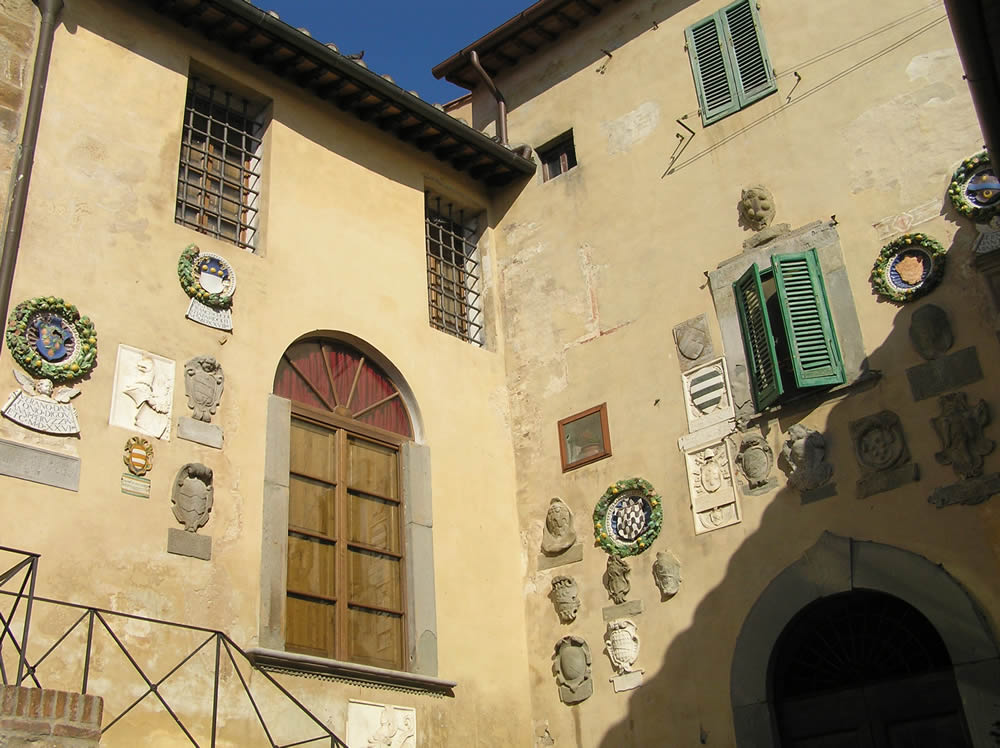
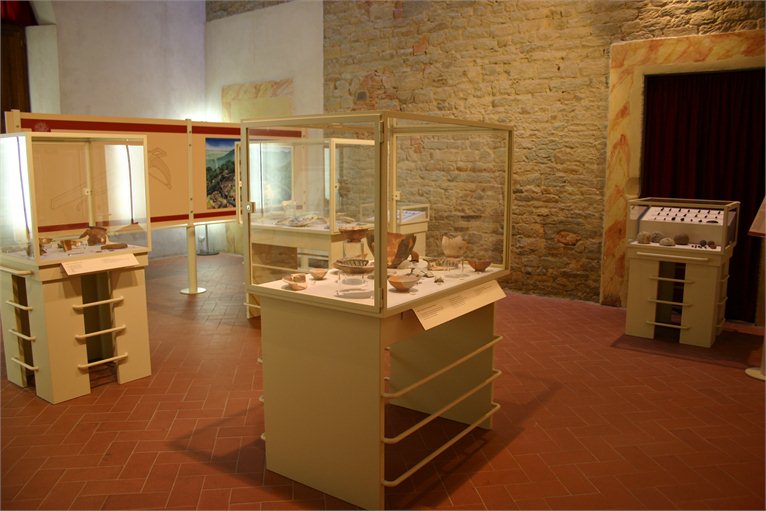
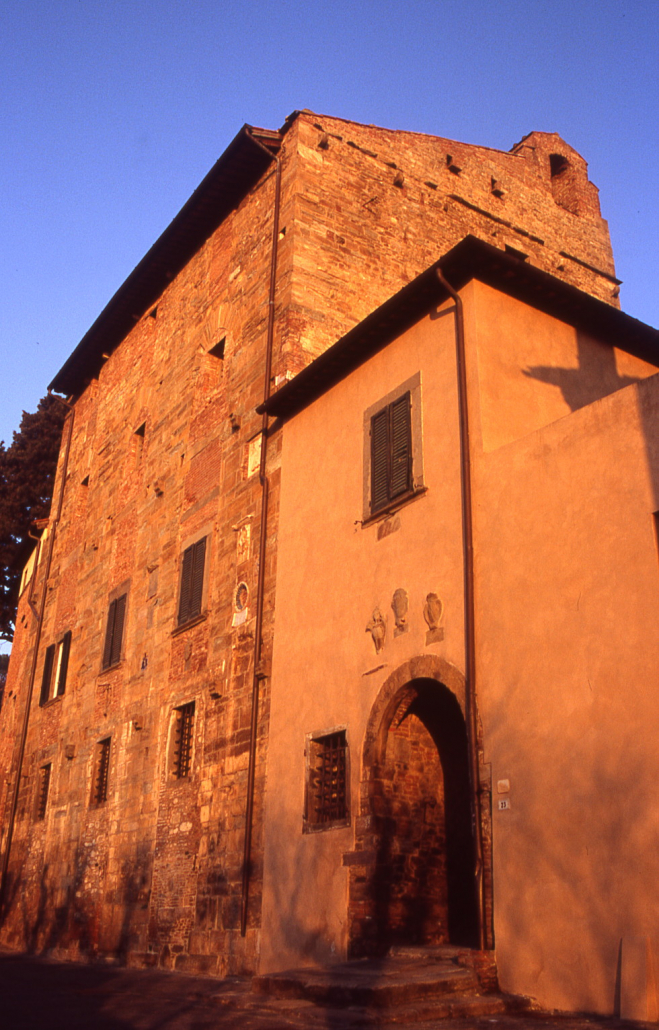
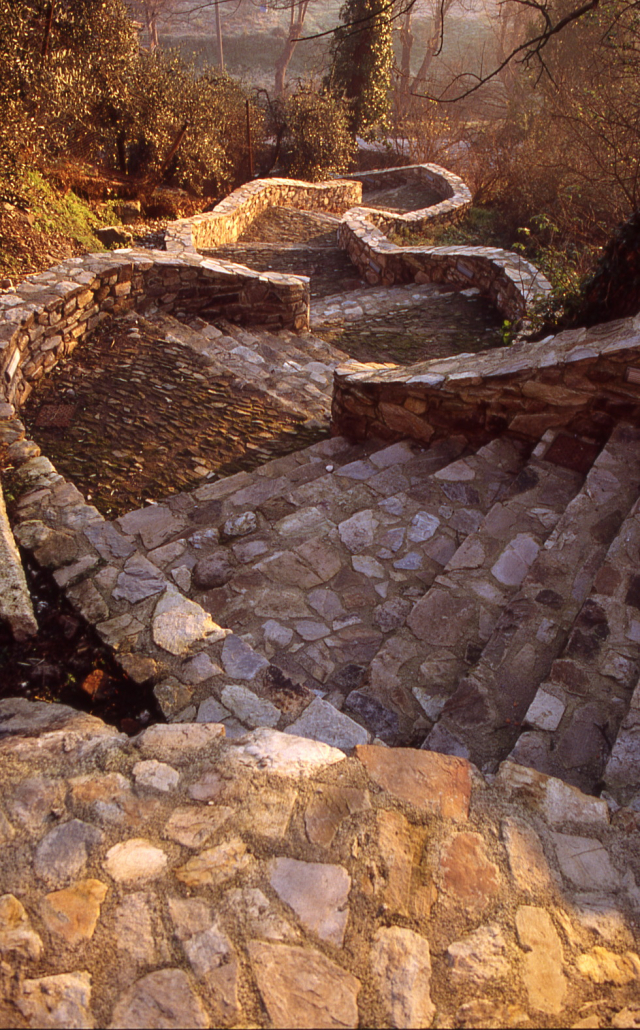

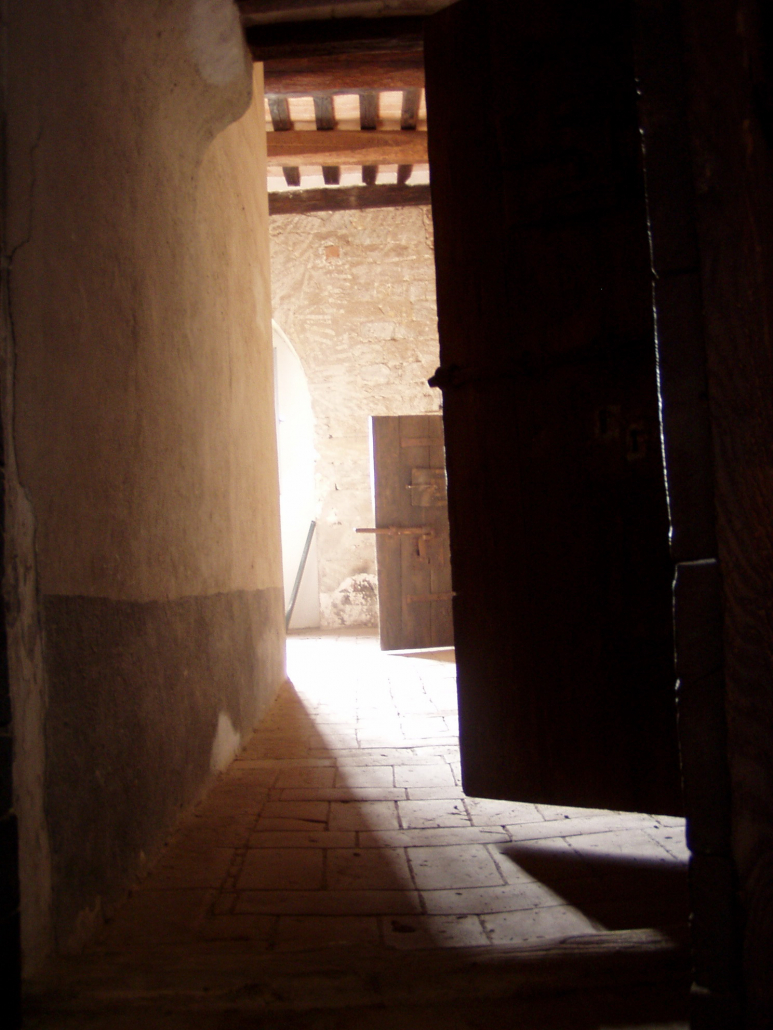
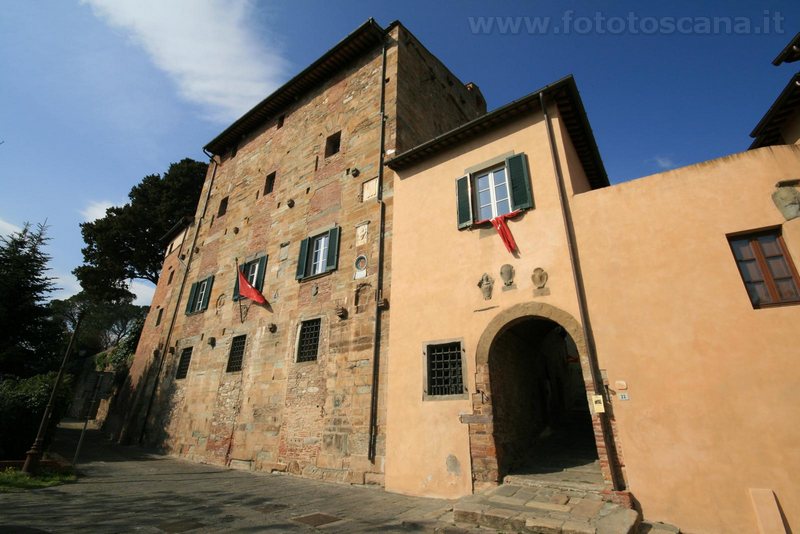
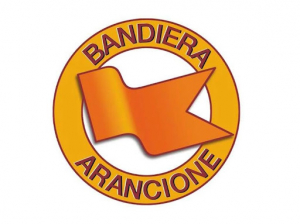
 pasticceria paolini snc
pasticceria paolini snc